1,575 days, 2,408 entries ...
Newsticker, link list, time machine: HOLO.mg/stream logs emerging trajectories in art, science, technology, and culture––every day
April 2021
“It’s dated January 17th 1995, which means that three weeks after I started thinking about networks, my instinct was to visualize them.”
To demonstrate Ethereum’s greener future, software engineer and Rocket Pool contributor Joe Clapis runs lightweight proof of stake validator Nimbus on a Rasberry Pi, a 10,000 mAh power bank, and SSD—powering 10 validators for 10 hours. “The Pi consumes 5 watts, so that comes to around 0.1 KWh of energy per day, or 0.01KWh per validator,” notes the Status Network. “In other words, 3600 times more energy efficient than Bitcoin proof of work—a 99.97% reduction in power.”
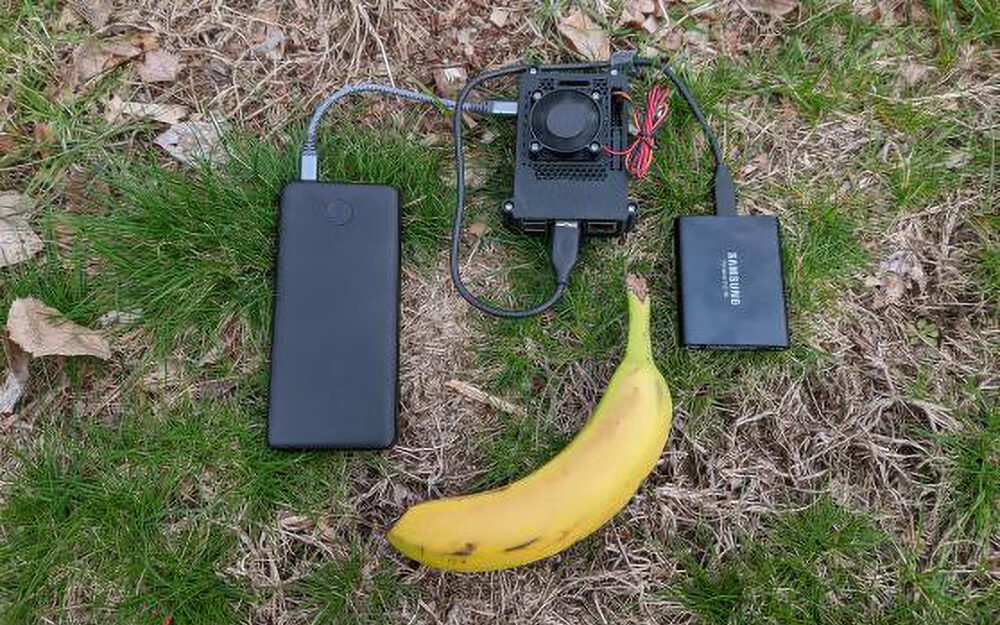
“What did the chicken say after he got hit by a bus? ‘I’m gonna be fine!’”
From Chile’s Cybersyn to the AMLO in East Berlin—with “Calculating Control,” Zentrum für Netzkunst launches an exhibition and symposium that explores the links between 1960s socialism and cybernetics in the context of today’s network society. Taking over the former lobby of Berlin’s Haus der Statistik, works by Suzanne Treister, Roland Kayn, Ruth Wolf-Rehfeld, and others invite site-specific reflection: in the 1970s, the high-rise at Alexanderplatz housed a data center that helped steer the former GDR’s central planning using mainframes and cybernetics.
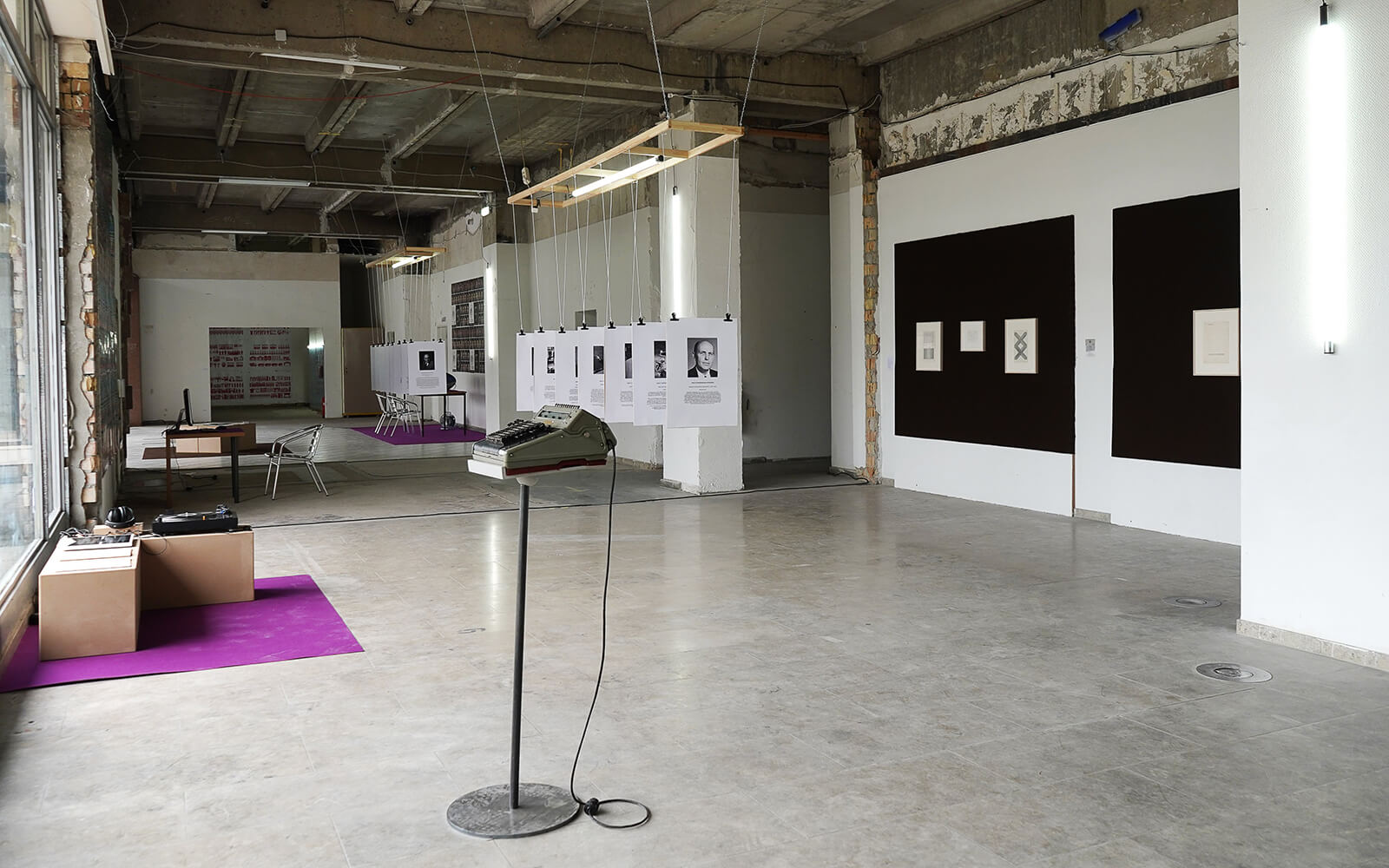
“By the time we’d get consensus on policy, this is all going to be over. I just think that it’s a numbers game that astronomy probably cannot win.”
“Plunging the viewer in an aquatic atmosphere where blue-green algae are cultured in handmade glass containers that grow on metal structures,” AnneMarie Maes’ solo show “Woven by Nature” opens at iMAL, Brussels. In the second chapter of what curator Camilla Colombo conceived as a double exhibition (see “Sensorial Skins”), the Belgian artist-researcher through sculptures and installations explores the potential of algae and bacteria as ways to “build with nature” and “making the invisible visible.”
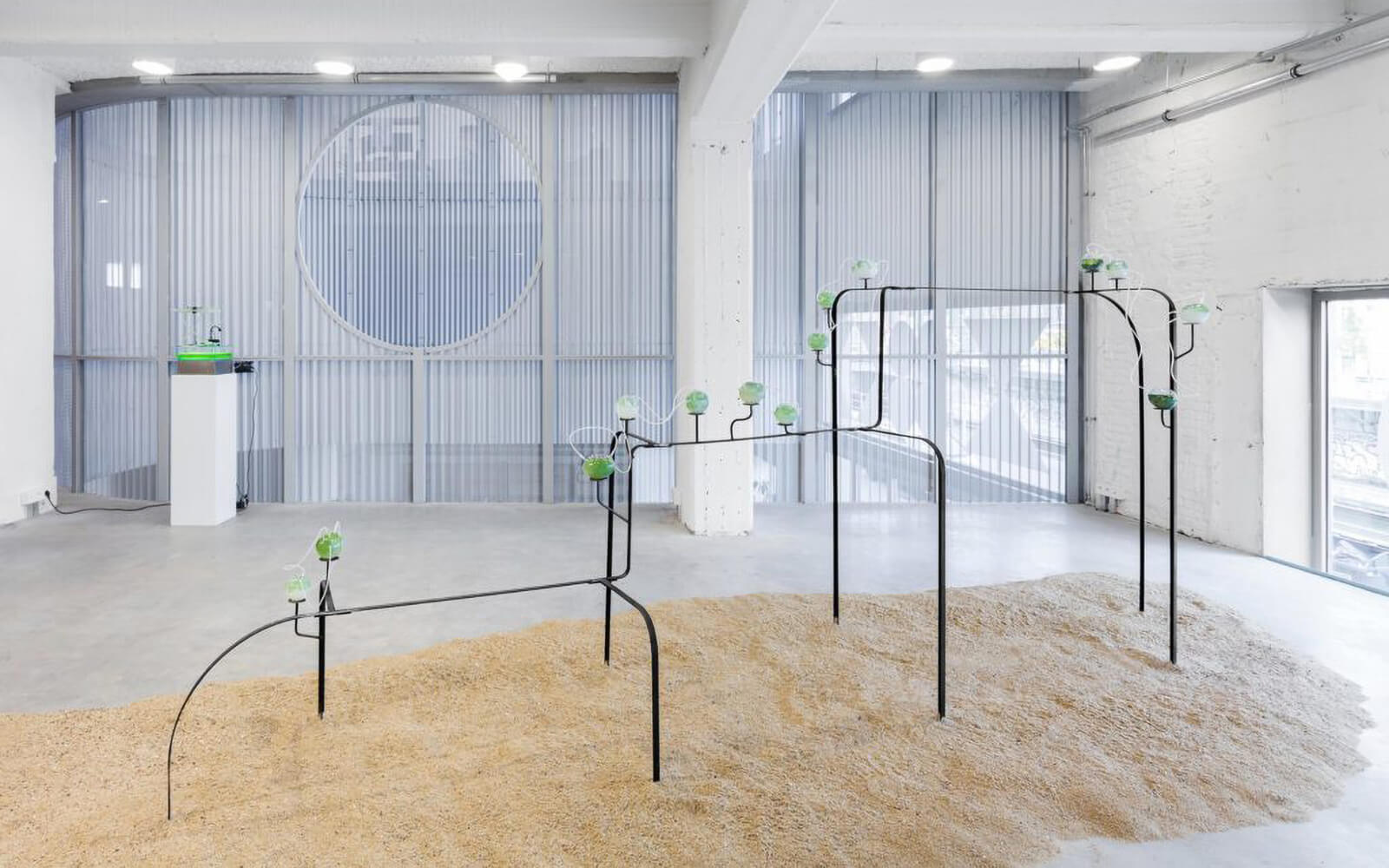
“It’s better for everyone if you can get speculators off physical art and onto NFTs. They don’t have to lie. They don’t have to store the art. They won’t get screamed at for putting it up for auction a few years later. It could be a good way for the market to settle itself.”
Aptly illustrated with Richard Prince’s 2014 series of New Portraits (image), an essay by writer and critic Jacob Barnes concludes that in the arts, social media clout does not equal market value. On Instagram, he notes, art school students regularly outperform established names while selling work for relative peanuts. As boundaries between art, artist, and process dissolve, Barnes identifies two metrics that signify value: “the maturity of an artist’s practice and the photogenicity of a given work.”
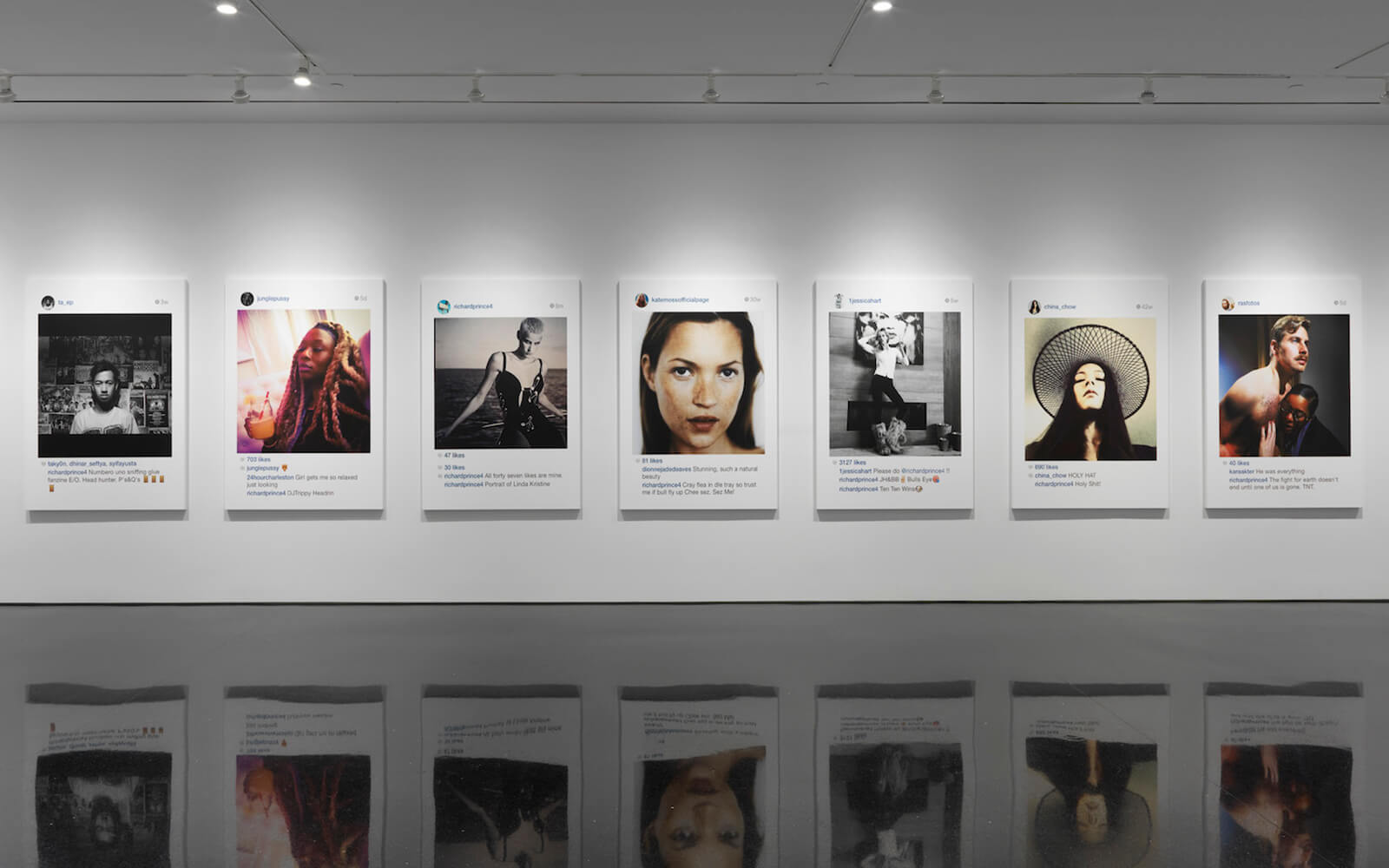
After years of R&D, Rhizome’s online archive of born-digital art, the ArtBase, relaunches with a new Wikibase infrastructure, improved metadata, and presentation. Initiated in 1999 to preserve internet art from technical obsolescence, the archive now holds more than 2,200 artworks, including early treasures such as Maciej Wisniewski’s Scroll Bar (1998, image). “With this relaunch, we are not presenting a final version of the ArtBase,” writes Rhizome, “but an open and dynamic one, that will be developed further.”
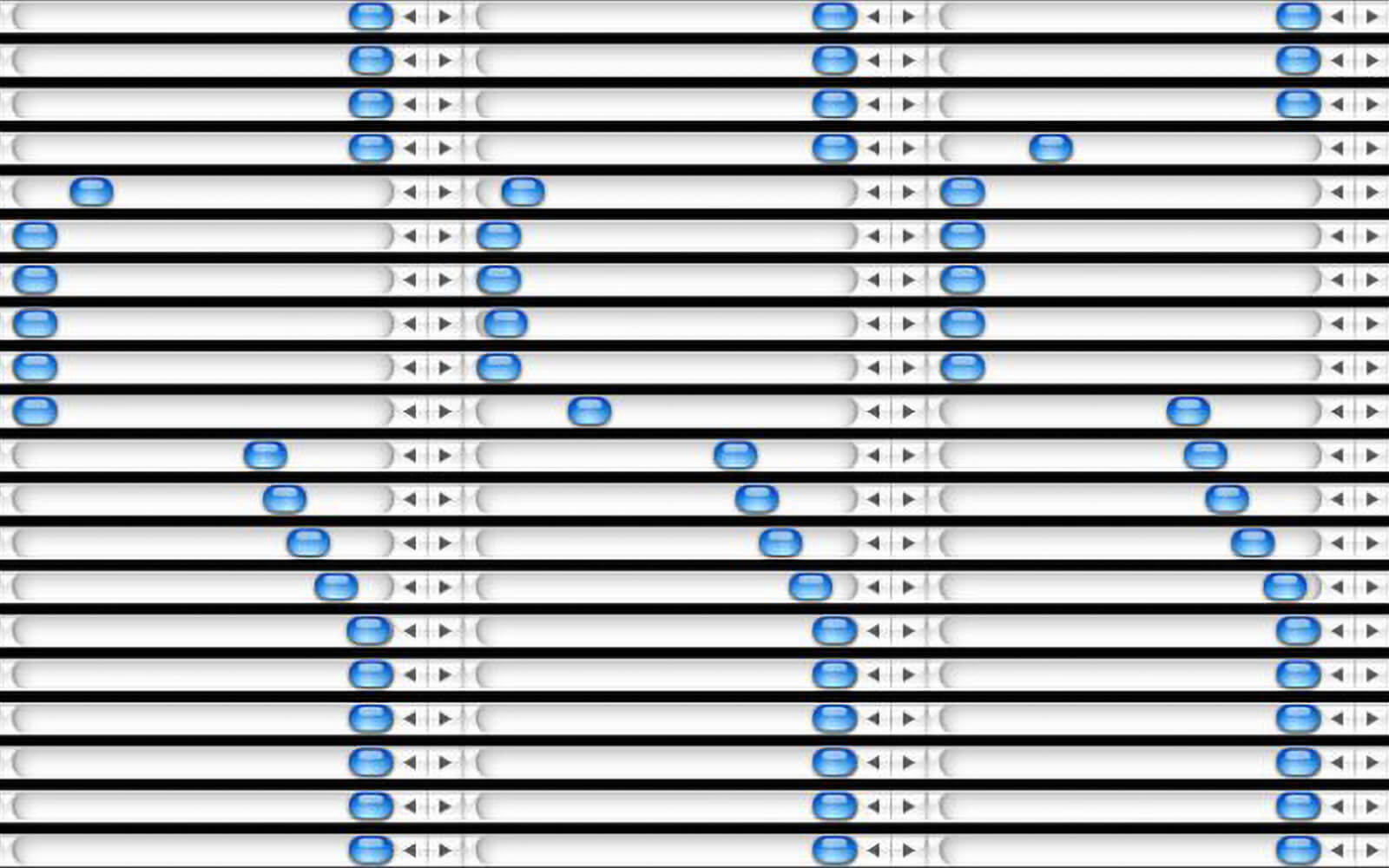
“For galleries, they offer models of engagement. For artists, they represent stewardship. For art audiences, they do the desperately needed work of making blockchain art legible.”
The third edition of Cairo’s media art festival, Cairotronica, kicks off a week-long exploration of “Data Fiction” at Tahrir Cultural Center. Between the exhibition, symposium, and performance program, director Haytham Nawar gathers more than 50 regional and international artists including Amira Hanafi, Anna Ridler, Morehshin Allahyari, Liam Young, Nora Al-Badri, and Francois Knoetzke. The latter’s installation Core Dump (2018-, image) situates a series of films that “emerged from the dystopian landfills of consumer culture.”
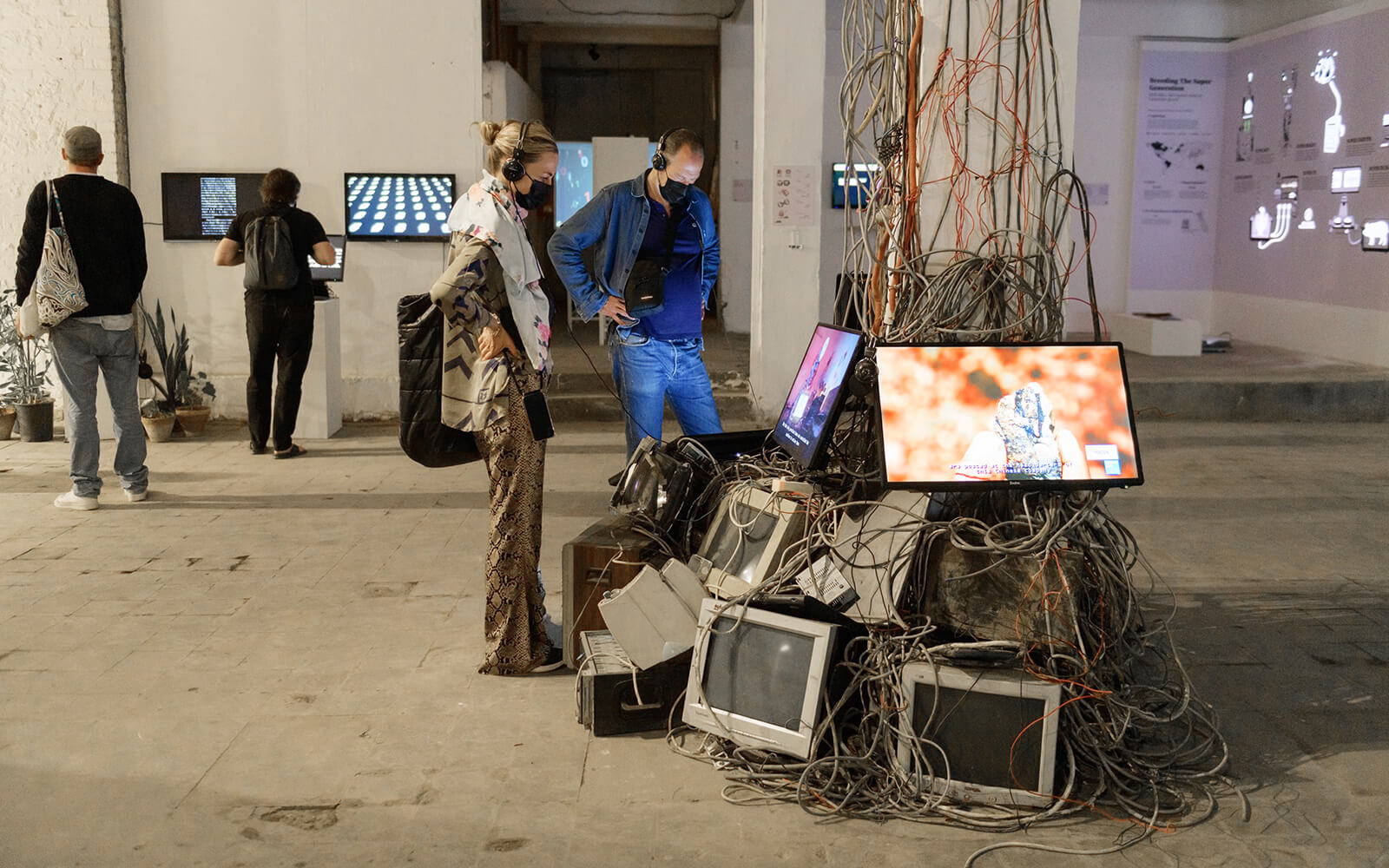
“Orchid enthusiasts and orchid enemies, please download the orchid collector guide to play along.” Thus posts Fantasia Malware to the sidebar chat, as Orchid Collector commences. Drawing on interests in “magical, corrupt, and chaotic software” the performance blurs lines between gaming livestream and scarcity rumination. Replete with banal narration (“I see now, a dark blue orchid!”), the trio rush to collect flowers, their mad scramble interrupted by news that the price of orchids has crashed.
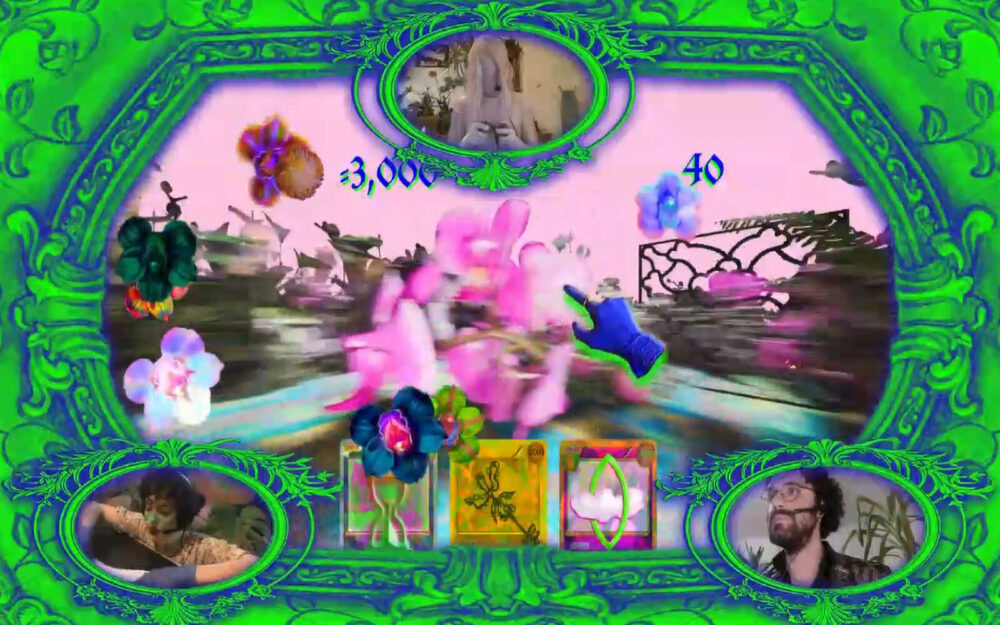
“In Roblox, you can choose your gender. Go in as female and no one knows you’re biologically male. As soon as I got on the computer, I just knew myself as Hannah.”
“Touching on the historical need of humankind to control and tame nature,” Jesper Just’s film-based installation “Seminarium” opens at Gammel Holtegaard in Holte, Denmark. Drawing on the history of the site’s 18th-century gardens, which were landscaped as a “Danish mini-Versailles,” his precision engineered environment foregrounds flora in direct conversation with oblique facetted displays, showing closely cropped footage of human anatomy.
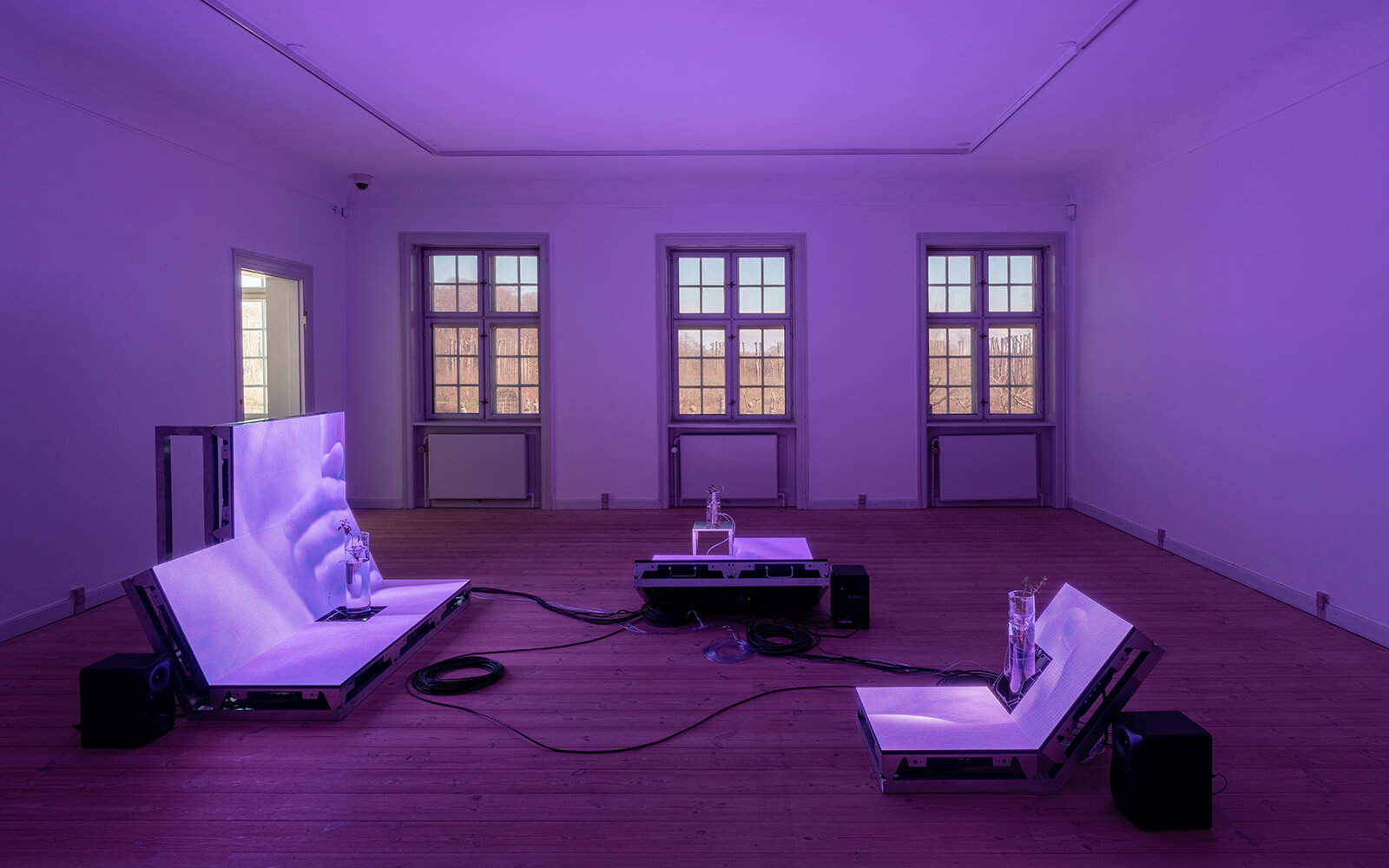
“I would not make ClickMine today. I think it’s important to not build dystopian things. The world is making dystopias faster than I can imagine them.”
Harm van den Dorpel’s “Mutant Garden” opens at Upstream Gallery, Amsterdam, surveying the artist’s research into evolutionary algorithms. The show, like van den Dorpel’s eponymous software, is divided into a “garden” for breeding artwork (image: Mutant Garden Autobreeder, 2021) and a “lab” for sharing process. “The tension between simplicity of computational rules and complexity in outcome, holds the key to understanding life, and by extension, our aesthetic appreciation of it.”
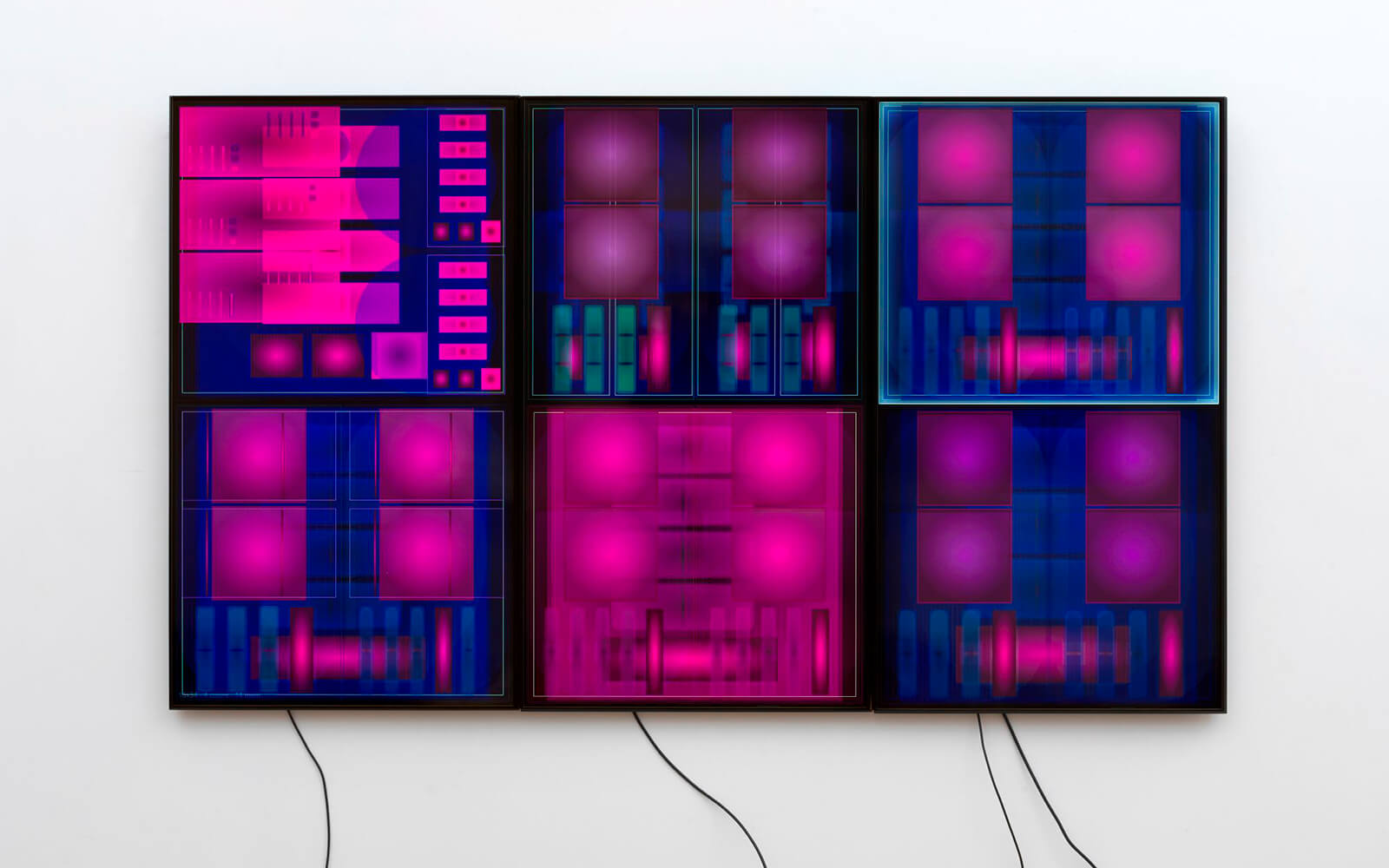
“Any vision of building a less centralized, more equitable internet has to ultimately account for ownership of all the physical stuff—the means—that makes the internet as we know it.”
Leading climate scientists James Dyke, Robert Watson, and Wolfgang Knorr are sounding an alarm that net zero carbon emissions is a flawed vision. For The Conversation, they trace how the idea of mitigating emissions while continuing to burn fossil fuels took hold in the 1980s, evolved in the Ryo summit and Kyoto Protocol, and reified in The Paris Agreement. They argue for immediate, drastic action, as a market-like economy of offsets, inadequate capture and storage methods and unrealistic reforestation models are magical thinking “driven by a need to protect business as usual, not the climate.”
Daily discoveries at the nexus of art, science, technology, and culture: Get full access by becoming a HOLO Reader!
- Perspective: research, long-form analysis, and critical commentary
- Encounters: in-depth artist profiles and studio visits of pioneers and key innovators
- Stream: a timeline and news archive with 1,200+ entries and counting
- Edition: HOLO’s annual collector’s edition that captures the calendar year in print
